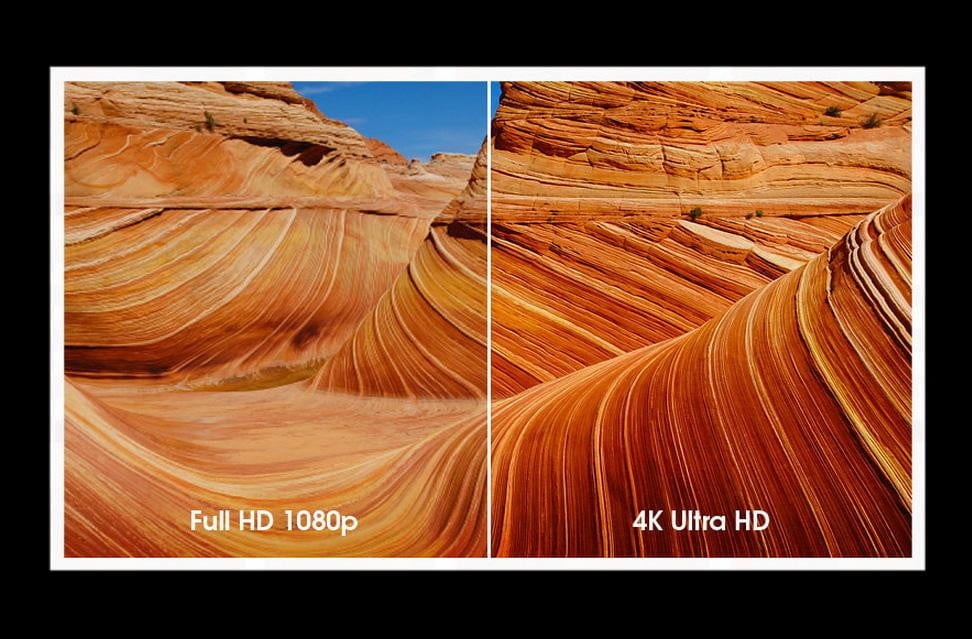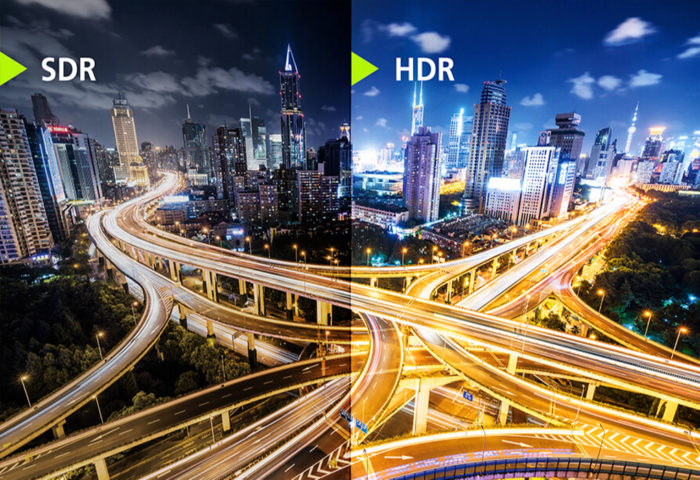And the winner is . . . ?
What is the difference between UHD vs HDR?
Home entertainment technology is running full-on, with no sign of it slowing down anytime soon. Every time you turn around there’s a new innovative idea integrated into the next-generation TVs. The shelves are making room for better and more advanced designs nearly every month. We don’t blame you if it feels impossible to keep up with today’s TV tide!
Not that long ago, we were going crazy for full HD TVs with their promise of an improved level of clarity and definition. However, their reign is coming to an end in favor of bigger and better. This change in power is due, mainly, to the arrival of impressive 4K UHD TVs.
So, find out what all of this means for new TVs coming out in 2021 and 2024!
What is a 4K UHD TV?
Often touted as Ultra High Definition (UHD), with a pixel count of 3,840 x 2,160, the term ‘4K’ is used to reiterate the fact that UHD has four times the number of pixels than a standard 1080p Full HD TV. There is, in fact, an almost imperceptible difference between 4K and UHD, but this doesn’t affect the home viewing experience.
The pixels, or colored dots, are what make up the images we see on screen, and a crisp, clear picture, depends on the resolution. The higher the pixel count, the better the resolution, which leads to clearer visuals and a more enjoyable experience. The 8 million pixels contained within a 4K TV offer unprecedented color gradient options, impressively realistic detailing and textures, and a true-to-life vibrancy.
An increase in the frame rate to between 60 and 120 Hz also means smoother scrolling, increasing the immersivity when enjoying action movies, fast-moving sports or even gameplay, making 4K a must with movie buffs or sports fans.
All the big brands are on board with 4K technology, producing model after model with 4K capabilities, however, it’s more prevalent in the larger screens, as the 4K effect, whilst still noticeable, is less so in the smaller screens.
What is HDR in TVs?
Many 4K models include the option of HDR, which stands for high dynamic range and refers to the contrasts within an image, for example between the blacks and whites. Whereas in 4K the pixels form the foundation, HDR allows those pixels to look their very best. A good indication of a decent HDR is that the whites, or brights, displayed don’t overwhelm the rest of the picture, whilst the blacks are sharp and deep. The image should be realistic and lifelike, and there should be no ‘blooming’, or bleeding of colors into each other. Due to its effect on brightness, HDR also enhances the colors, bringing them a luminescence and vibrancy that didn’t exist in earlier TVs.
Is HDR Better Than 4K?
4K (or UHD) and HDR are both designed to enhance your viewing experience – however, the way each technology does it is very different. To reiterate, 4K refers to the pixel count in your TV screen, which enhances image definition and texture. HDR, on the other hand, refers to the color depth and quality of your image. While your next TV will likely be 4K because it is standard technology and comes with affordable prices nowadays, it is not guaranteed that it will also contain HDR technology. If you’re shopping for a brand new TV, make sure it has both 4K and HDR features for superior image quality.
So, as you can see, it isn’t really a case of UHD vs HDR, but more a question of making them work together to produce the best viewing experience you, and your family can have.
If you’re considering the purchase of an envy-inducing 8K TV, HDR is an included standard feature.
If you enjoyed this page, and would like to read some of our other blogs, then consider having a look at these other pages too!




